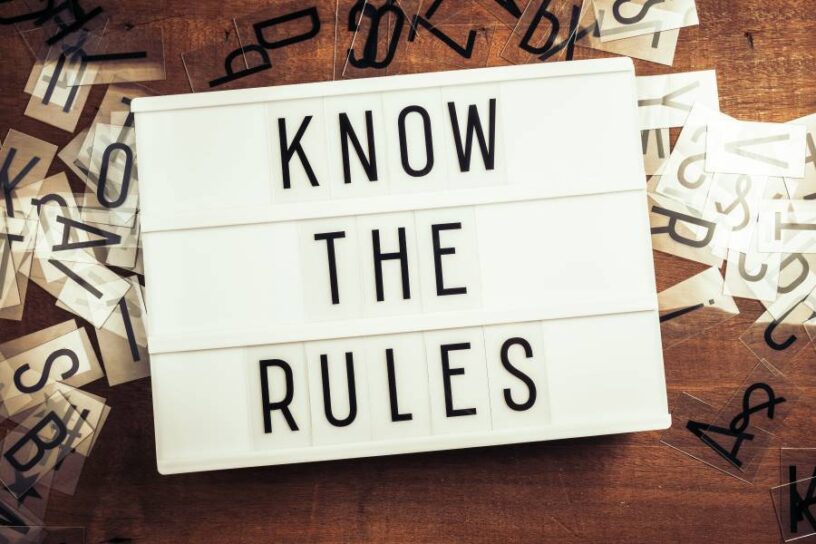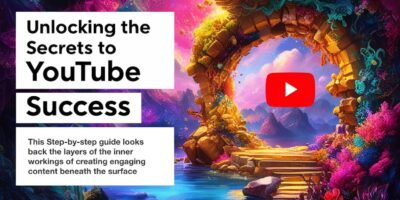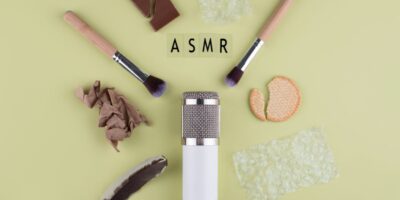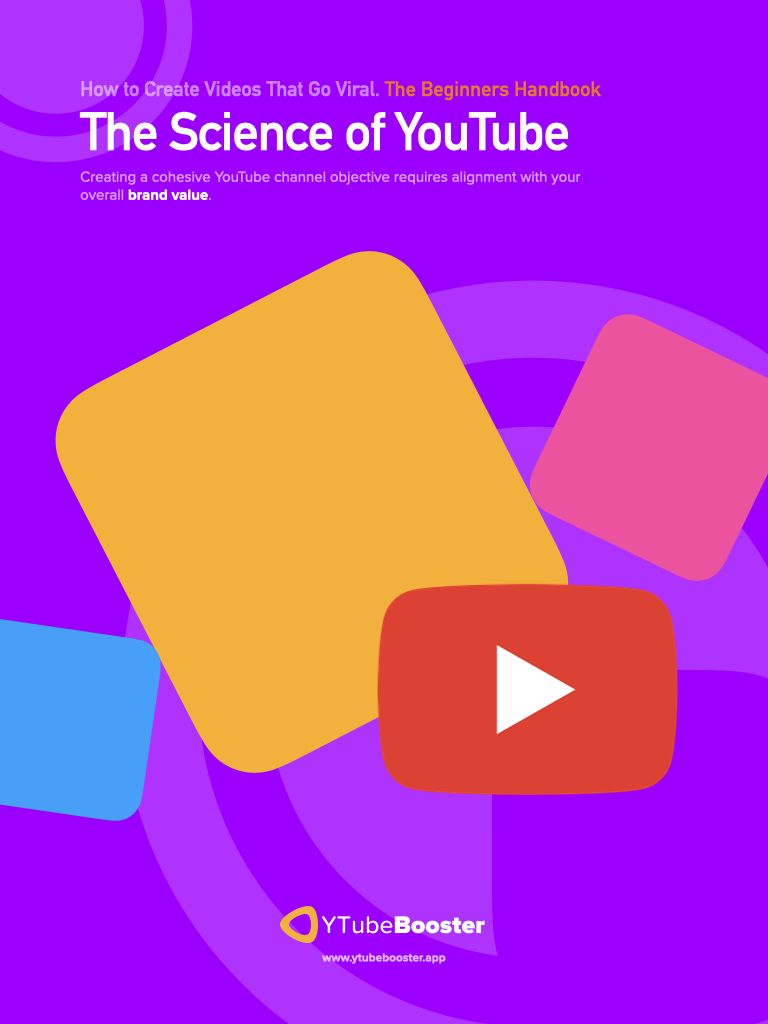Although there have been many changes to the well-known video-sharing website YouTube over the past ten years, one aspect has remained the same: its copyright policies. Anyone can submit videos to YouTube and be a YouTube creator, but is prohibited from breaking copyright laws.
Even though YouTube’s copyright policies are publicly known, some video producers try to get around them or think they shouldn’t apply to them. Others abuse the copyright system by exploiting flaws.
1. As a YouTube creator do you know what is YouTube Copyright?
It’s time to start thinking about copyright now that you’ve decided to launch your YouTube business. What you need to remember about copyright law if you’re making your first video and have questions is provided here.
The copyright to a video belongs to its creator if it is uploaded and only contains material they have produced. Music, movie and television clips, other people’s video content, and anything else you didn’t create or own are all included. But you cannot upload someone else’s content as your own or use it in your video without that person’s consent.
- Consequences
You will face the consequences if YouTube discovers that you have violated someone else’s copyright because they are strict about it.
YouTube is stringent regarding copyright infringement, and you will be penalised if they catch you stealing someone else’s work.
Your first offence will result in a copyright strike, and if you receive three strikes, YouTube will take down your channel, and you will get banned from the platform.
However, you can still use copyrighted content. You have to take some measures if you want to use the content you do not own the right to.
- Copyrighted content is still usable
Fair use allows you to use copyrighted content for commentary, criticism, or parody as long as your use adds to it and outweighs the other content used.
If you’re sitting there watching with barely any commentary, it’s not likely to be considered fair use. If you want to include copyrighted content in your work, you must have permission from the original creator or follow the reasonable use rules.
Thanks to people abusing its copyright policy, YouTube faces difficulties identifying valid criticisms. YouTube’s copyright policy is rigorous, and many people try to take advantage of it by filing false complaints of copyright infringement. YouTube still needs help distinguishing between real complaints and fake ones.
2. Pure intent is not justified enough to be a successful YouTube creator.
Although your intentions may be good, you will still get a strike if you violate YouTube’s copyright rules. You can save yourself a lot of trouble if you take the appropriate steps to avoid breaking the rules. Visit their website to learn more about YouTube’s copyright rules and myths.
3. More than proper attribution is required to be a successful YouTube creator..
What is attribution? When you include a statement in your video saying where the content comes from or have that information in the video title, video description box, or pinned comment, that’s called attribution.
However, just because you attributed the content to its original creator doesn’t mean you’re automatically in the clear from a copyright violation. Simply declaring that you used someone else’s work isn’t enough to avoid potential legal issues. For content that’s not yours, you need to obtain permission from its creator to use it and provide commentary on the footage. Then only will it fall under fair use?
4. Doing away with monetization cannot save you from copyright violation.
As a content creator, you can monetise your videos on YouTube. To do this, you must have a minimum of 1,000 subscribers to your credit and accumulate at least 4,000 watch hours for a year. Once you have met these requirements, you can turn on video monetisation.
It is paramount to note that if you violate copyright rules and use someone else’s content without permission, it does not matter whether you have monetisation turned on for that video. Some creators falsely believe that they can avoid copyright infringement by simply not monetizing the stolen content. However, this is not the case and can result in severe consequences for the creator, including a strike from YouTube.
5. As a YouTube creator are you aware of Takedown notice
If you’re the original work’s copyright holder and discover someone has used it in their video without your consent, you can file a complaint with YouTube. If YouTube decides that your complaint is legitimate, they will remove the video from their platform. The person who uploaded the video will also receive a copyright strike from YouTube.
6. Content ID Match
Content ID is an automated system that YouTube uses to match any content that could violate copyright laws. With thousands of videos uploaded to YouTube on the hour, Content ID is a valuable tool for comparing these videos with reference files – the original versions of the work in question – and cross-checking to ensure there are no copyright violations.
For Content ID to be effective, copyright owners must upload their reference files – or the original versions of their work – so that it gets easily verified that they own the rights.
An example would be if a musician were to show they own the rights to their songs. Unfortunately, many YouTube creators have gotten copyright violations for using copyrighted material, even though many online websites offer royalty-free sounds and video clips that one can use instead.
YouTube’s Content ID system will scan your uploaded videos and compare them to all the new ones. If YouTube finds that someone has duplicated your work, they will submit a legal claim on your behalf.
7. Three copyright strikes, and you are out of the league as a YouTube creator.
You may take a lot of steps to prevent copyright violations. You can use the YouTube Audio Library, which has music you can use in your videos without paying royalties. Additionally, there are a ton of websites online that offer free music downloads that are copyright-free.
And, if you’re determined to use protected content, be sure you have authorisation. If not, you’re taking a considerable risk.
Instead of violating copyright, there is a ton of resources you may use. If you do, you risk losing your channel and all of your videos and getting banned from YouTube. Risk is not worth it.
Conclusion
Thanks for reading our blog article about YouTube copyright laws. One of the most popular websites is YouTube. The copyright rules must be simplified to comprehend, though. Creators can add videos that comply with copyright regulations—failing which, your account could get deactivated and content removed from YouTube.
It’s no secret that YouTube has had a long history of dealing with copyright issues. From the very start, people have submitted videos that have directly violated copyright laws, and the problem is only getting worse as time goes on. It’s not uncommon for YouTube to shut down the accounts of people who have stolen videos, and there are many different ways that YouTube creators can use to protect their work.
FAQs
YouTube’s copyright rules can be confusing for creators. Here are some frequently asked questions to help you better understand the copyright rules and how they apply to your videos.
1. Can I use copyrighted music in my YouTube video?
Generally, you can’t use copyrighted music in your YouTube videos unless you have the copyright owner’s permission. However, there are some exceptions. For example, you may be able to use copyrighted music in your video if it is:
– Used as part of a performance or show
– Used in a parody or satire
– Used in a transformative way, such as to create a new work
2. Can I use copyrighted images/footage in my YouTube video?
You can use copyrighted images in your YouTube video with the copyright owner’s permission. In some cases, you may also be able to use copyrighted images under the doctrine of fair use.
3. Can I use copyrighted material in my YouTube video if I give credit to the copyright owner?
Giving credit to the copyright owner is not enough to use copyrighted material in your YouTube video. You must also have the copyright owner’s permission. In some cases, you may use copyrighted material under the doctrine of fair use, even if you don’t have the copyright owner’s permission.
4. Can I monetise my YouTube video if it contains copyrighted material?
You can monetise your YouTube video even if it contains copyrighted material, as long as you have the copyright owner’s permission. In some cases, you can use copyrighted material under the doctrine of fair use, even if you don’t have the copyright owner’s permission.





